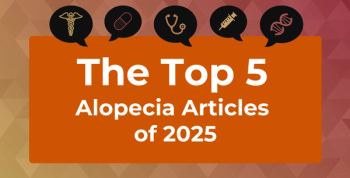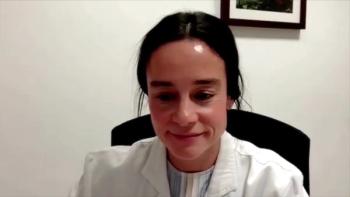
Dr Milena Murray: Affordability Conversations Should Begin at the Prescriber’s Office
What is feasible for one person may be unaffordable for another, said Milena Murray, PharmD, MSc, BCIDP, AAHIVP, associate professor, Midwestern University Chicago College of Pharmacy, who practices at the Northwestern Medicine Infectious Disease Center.
What is feasible for one person may not be affordable for another, even for $10 vs $100, and these are conversations that should start before patients arrive to the pharmacy and are met with possible sticker shock, said Milena Murray, PharmD, MSc, BCIDP, AAHIVP, associate professor at Midwestern University Chicago College of Pharmacy, who practices at the Northwestern Medicine Infectious Disease Center in Chicago.
Transcript
How can we improve access to care for high-risk patients who have trouble affording their antiretroviral therapy or pre-exposure prophylaxis medications?
So this should really be a conversation that starts at the prescriber’s office when the prescription is sent and setting that expectation that if the cost is not feasible, that they need to call right away; like, don’t not pick up the prescription and then come back in 3 months and say, “Oh, it was, you know, I couldn’t afford to pick it up.” And I prefer to use that term feasible because expensive might be $10 for someone vs $100 for someone else. So even if the medication is $10, and they can’t afford it, that’s not feasible for them. So I really like that terminology.
We don’t want anyone to have sticker shock at the pharmacy and just say, “Nope, not getting it,” turn around, come out, maybe not even come back to the doctor’s office because they’re like, “Well, this doctor wants me on a therapy that’s $2500 a month,” when maybe that just needed a prior authorization and they didn’t understand that.
And I think it’s important to normalize the need for patient assistance programs, whether it’s through grants or co-payment assistance or through the manufacturer. The goal for everybody is to get that payment down to zero, regardless of their socioeconomic status.
Newsletter
Stay ahead of policy, cost, and value—subscribe to AJMC for expert insights at the intersection of clinical care and health economics.








































